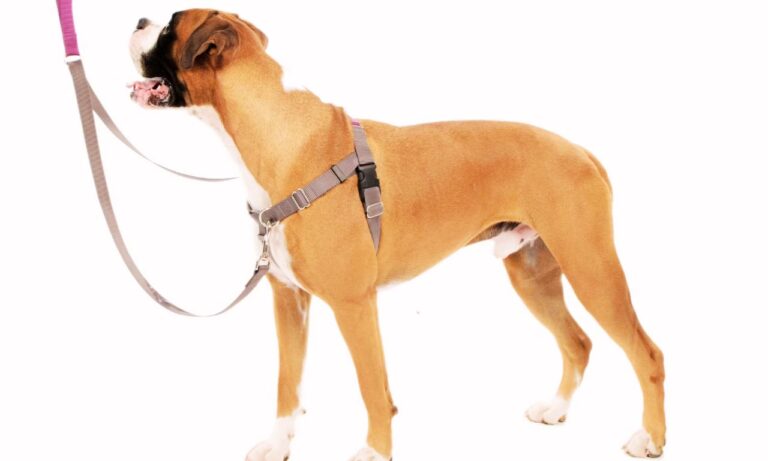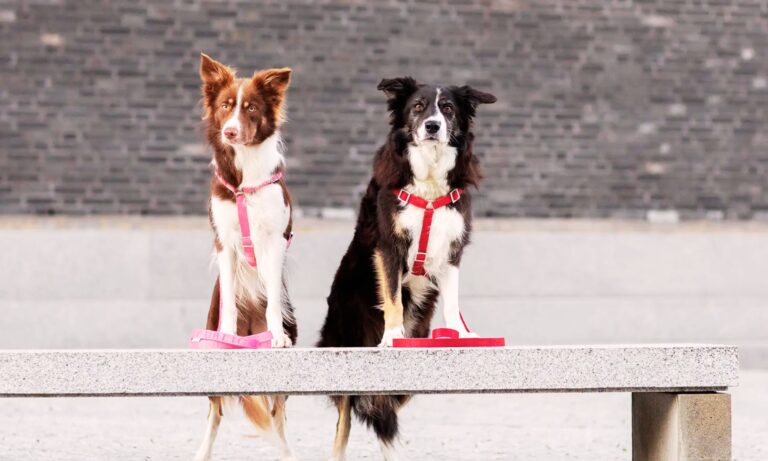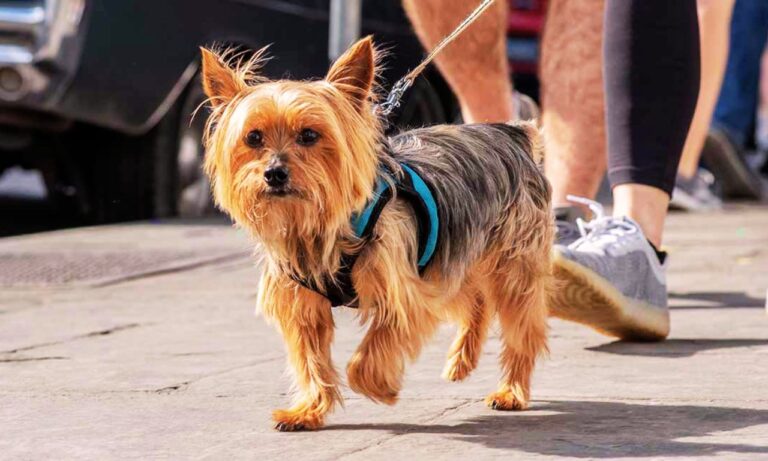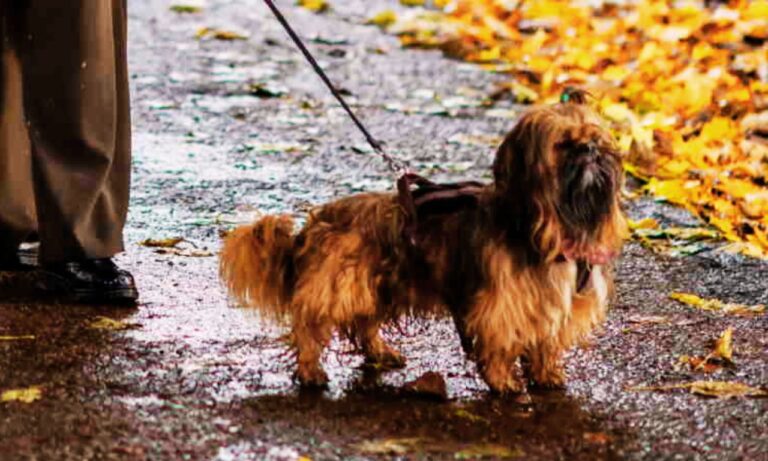The Rottweiler is one of the most powerful, intelligent, and loyal breeds in the world. Known for their strength, confidence, and protective instincts, Rottweilers have been treasured companions and working dogs for centuries. Whether as a family guardian, service dog, or a beloved pet, the Rottweiler’s impressive stature and gentle affection continue to win hearts globally.
One of the first questions new Rottweiler owners often ask is: what is the average weight of a Rottweiler puppy? Monitoring a Rottweiler puppy’s weight is vital for tracking healthy development and ensuring they grow into strong, balanced adults.
This article provides a thorough look into the average weight of a Rottweiler puppy, key growth stages, influencing factors, and how owners can promote healthy development from the very beginning.
Find out what size collar is ideal for your Rottweiler puppy with this detailed guide to ensure a perfect fit for comfort and safety. Ensure your Newfoundland’s comfort and security with expert tips on how to ensure a safe collar fit for Newfoundland.
Blog Highlights
ToggleWhat is the Average Weight of a Rottweiler Puppy?
At birth, Rottweiler puppies are typically tiny compared to their future size, weighing just 1 to 2 pounds (0.5 to 1 kg). Growth accelerates rapidly within the first few weeks, and by the time they are 8 weeks old (the usual age for rehoming), a healthy Rottweiler puppy weighs between 15 to 20 pounds (6.8 to 9 kg).

Here’s a quick breakdown of the average Rottweiler puppy weight by age:
- 2 weeks old: 2 to 4 pounds (0.9 to 1.8 kg)
- 4 weeks old: 5 to 7 pounds (2.3 to 3.2 kg)
- 6 weeks old: 10 to 14 pounds (4.5 to 6.4 kg)
- 8 weeks old: 15 to 20 pounds (6.8 to 9 kg)
- 12 weeks old: 30 to 40 pounds (13.6 to 18 kg)
- 16 weeks old: 45 to 55 pounds (20 to 25 kg)
The growth pace continues to be impressive during the first 6 months, often doubling their weight between 8 and 16 weeks. It’s important to remember that male Rottweiler puppies generally weigh slightly more than female puppies by a margin of 3 to 5 pounds (1.3 to 2.2 kg) at each milestone.
For comparison, a Labrador Retriever puppy at 8 weeks weighs around 10 to 15 pounds, highlighting just how much denser and stockier Rottweiler pups are from an early age.
Discover the ideal fit by learning what size collar for Newfoundland dog to ensure your pet’s comfort and safety.
Factors That Influence the Average Weight of a Rottweiler Puppy
Several factors contribute to the growth rate and average weight of a Rottweiler puppy. While there are breed-wide averages, individual puppies may grow slightly faster or slower depending on genetics, nutrition, and general care.

Genetics
A Rottweiler puppy’s lineage plays a significant role in their weight and growth trajectory. Puppies born to larger parents with heavier bone structures tend to grow bigger and weigh more at each developmental stage.
If a puppy’s parents are show-line Rottweilers (bred for appearance), they might grow slightly differently compared to working-line Rottweilers, who are often a bit leaner but highly muscular.
Genetics also influence the timing of growth spurts. Some Rottweilers experience faster growth during the early months and plateau later, while others grow steadily over time.
Nutrition
Feeding practices dramatically impact a Rottweiler puppy’s weight. Puppies fed high-quality puppy food formulated for large breeds typically achieve healthier, steadier growth rates compared to puppies fed inadequate diets.
The right balance of protein, fat, calcium, and phosphorus is crucial. Overfeeding can lead to obesity and skeletal problems, while underfeeding can cause stunted growth and a weakened immune system.
Health Status
Puppies dealing with illnesses, intestinal parasites, or malnutrition during early life stages may experience slower growth and weigh less than the breed average. Regular deworming, vaccinations, and vet visits are essential to keeping a puppy on track developmentally.
For expert tips on how to fit a collar on a Belgian Shepherd, this guide offers simple steps to ensure your dog’s collar fits securely and comfortably.
Growth Chart: Rottweiler Puppy Weight by Month
Tracking your Rottweiler puppy’s growth can help ensure they are developing appropriately. Here’s a detailed monthly guide based on healthy breed standards:
- 1 month (4 weeks): 4 to 7 pounds (1.8 to 3.2 kg)
- 2 months (8 weeks): 15 to 20 pounds (6.8 to 9 kg)
- 3 months (12 weeks): 30 to 40 pounds (13.6 to 18 kg)
- 4 months (16 weeks): 45 to 55 pounds (20 to 25 kg)
- 5 months (20 weeks): 55 to 65 pounds (25 to 29.5 kg)
- 6 months (24 weeks): 65 to 75 pounds (29.5 to 34 kg)
- 7 months: 70 to 80 pounds (31.7 to 36.3 kg)
- 8 months: 75 to 85 pounds (34 to 38.5 kg)
- 9 months: 80 to 90 pounds (36.3 to 40.8 kg)
- 10 months: 85 to 95 pounds (38.5 to 43 kg)
- 11 months: 90 to 100 pounds (40.8 to 45.4 kg)
- 12 months (1 year): 95 to 110 pounds (43 to 50 kg)
Male Rottweilers will generally weigh more and achieve the higher end of these weight ranges, while female Rottweilers stay at the lower to middle range.

These numbers offer a guideline, but minor fluctuations are normal. Extreme deviation — either significantly over or under the standard — should be discussed with a veterinarian.
Common Growth-Related Health Concerns in Rottweiler Puppies
Large and giant breed puppies like Rottweilers are at risk for specific growth-related conditions that can affect their weight and health if not carefully managed.
Hip Dysplasia
Rottweilers are genetically prone to hip dysplasia, where the hip joint does not fit properly into the hip socket. Rapid growth during the puppy months, especially if paired with improper nutrition, can exacerbate the risk.
Preventing early excessive weight gain and providing joint-supportive nutrients like glucosamine can help mitigate hip dysplasia development.
Elbow Dysplasia
Similar to hip dysplasia, elbow dysplasia involves abnormal joint formation and can cause lameness and pain. Monitoring your puppy’s weight and preventing jumping from heights during the first year helps protect growing joints.
Panosteitis (“Growing Pains”)
Common in rapidly growing large breeds, panosteitis presents as intermittent lameness and bone pain in young puppies. Although temporary and self-limiting, excessive weight can worsen discomfort.
Feeding large-breed puppy formulas designed to promote slow, steady growth is key to minimizing panosteitis risk.
For detailed guidance on selecting the correct collar size for a Belgian Shepherd, this article provides essential tips to ensure your dog’s comfort and safety.

Diet and Exercise: Key Elements for Healthy Rottweiler Puppy Growth
Proper diet and exercise are crucial components in reaching ideal Rottweiler puppy weight goals and building a strong foundation for adulthood.
Diet
From weaning at 6–8 weeks until about 18 months, Rottweiler puppies should eat puppy food formulated for large breeds. These specialized formulas ensure the right calcium-phosphorus balance for controlled bone growth and lower the risk of orthopedic diseases.
- Puppies aged 8–12 weeks should be fed 3–4 meals per day.
- From 3–6 months, reduce to 3 meals per day.
- By 6 months onward, transition to 2 meals per day.
Each meal should provide enough calories to maintain steady growth without causing rapid weight gain. Adjust portions based on the puppy’s body condition score (BCS) and consult your vet for tailored recommendations.
Exercise
While Rottweilers are naturally athletic, excessive forced exercise (like long-distance running) should be avoided during puppyhood to protect their developing joints.
Appropriate activities include:
- Gentle walks
- Supervised playtime
- Mental stimulation through training exercises
- Short bursts of play (fetch, tug)
At least 30 to 45 minutes of combined mental and physical activity per day is recommended for young puppies, gradually increasing as they mature.
How to Monitor Your Rottweiler Puppy’s Weight
Weighing your Rottweiler puppy every 2–4 weeks is the easiest way to monitor growth.
You can use a standard bathroom scale:
- Weigh yourself while holding your puppy.
- Weigh yourself without the puppy.
- Subtract to find your puppy’s weight.
Look for steady upward trends rather than sharp increases. If your puppy’s weight suddenly plateaus, drops, or skyrockets beyond healthy limits, it’s time to consult your veterinarian.

Keeping a growth chart or journal with dates, weights, and any notes on health or behavior changes helps track developmental patterns over time.
When Does a Rottweiler Puppy Reach Full Adult Weight?
Rottweilers mature slowly compared to smaller breeds. While they may look physically large by 12 months, they continue filling out until around 18 to 24 months.
- By 6 months, they reach about 60%–70% of adult weight.
- By 12 months, they achieve 85%–90% of adult weight.
- By 18–24 months, they fully mature in muscle mass, bone density, and chest breadth.
Patience is key. Overfeeding to accelerate growth can cause irreversible orthopedic damage. Letting your Rottweiler puppy grow at a natural pace ensures stronger, healthier adult dogs.
Discover the perfect collar size for an Anatolian Shepherd Dog to ensure comfort and security for your furry friend.
Conclusion: Setting Up Your Rottweiler Puppy for a Lifetime of Health
The average weight of a Rottweiler puppy varies based on age, genetics, diet, and overall care, but understanding the expected growth patterns helps ensure your puppy is developing properly. Hope so, now you know what is the average weight of a rottweiler puppy.
Monitoring your puppy’s weight from birth through the first year provides valuable insight into their health. Prioritizing genetic health screening, balanced nutrition, appropriate exercise, and regular veterinary care all contribute to building a healthy, happy Rottweiler adult.
Remember, every puppy is unique, and slight variations from the average weight are normal. By focusing on gradual, healthy development, you can give your Rottweiler the best possible start in life — setting the stage for many years of loyalty, love, and companionship.
Learn more about the unique double-layered coat of an Anatolian Shepherd and how to care for it effectively.





